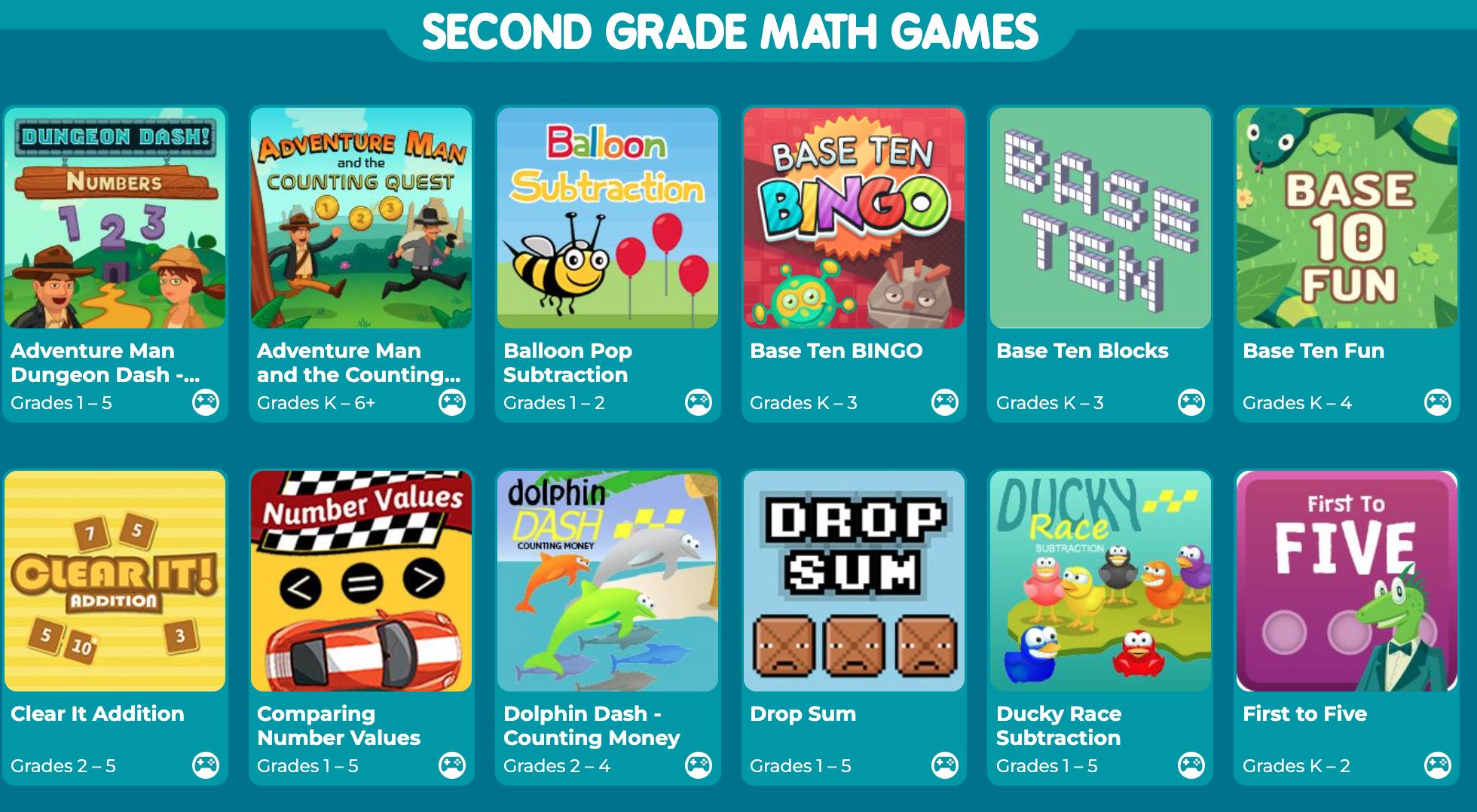
If you are interested in applying for financial aid, you may be wondering how to fill out the FAFSA renewal. There are several things you can do to make this process easy. First of all, you'll need a FSAID and password. Once you have your FSA ID and password, you can skip creating your account. The second thing you should do is ensure that your FSA ID has the correct information.
Procedure for renewing your FAFSA
You can renew your FAFSA as soon as October 1st. To begin, you will need to have all relevant information from the prior year. To begin, fill out your 2020 federal income tax return. This information will be included on the renewal form. Next, you will need your FSAID and other identifying data. Print the Confirmation Page.

It is easier to renew a FAFSA than to fill out the form entirely from scratch. But you should still take care when reviewing the information provided. The IRS data retrieval software can be used to update your information. Once you have completed the IRS data retrieval tool, you must update your information. Don't forget to include the correct size of your family. For login, use your FSAID and password.
Deadlines
When should I submit my FAFSA application? The federal deadline for FAFSA 2022-2023 submissions is June 30, although each state has their own deadlines. The deadline to file a FAFSA in Alaska is October 1. However, your renewal application must be filed by the deadline. If you don't, federal student aid may not be available to you. You can find out if you are eligible for federal student aid by contacting your college's financial aid office.
Certain deadlines can be more restrictive than others, especially when it comes to programs like the ArFuture Grant. The deadlines for ArFuture Grant applications and the Academic Challenge are both July 1, at midnight Central. Cal Grant applications must be received by Sept. 2, 2022. However there are many state financial assistance programs that have deadlines much earlier. It is important to file your application in time and ensure that you meet the deadlines.
Steps
You will need to fill out the FAFSA again if you haven’t done so since last year. We will guide you step by step through this complicated process. It is important to locate an application with all the necessary information. If you're a dependent student, the application will be pre-populated with your income information, but if you're not, you'll need to report your previous tax year's income. You will need your parent's FSA ID to do this. Once you have found the form you will need to print a confirmation page.

The renewal process can be completed once your FSAID has been issued. If you are an independent student, you can simply complete the renewal process on your own. Be sure to note any changes in your status, such a change in dependent status. Next, you'll need a new FAFSA to confirm your eligibility for federal financial help. These are just a few of the steps that you can follow to make this process as easy as possible.
FAQ
What is early childhood education?
Early Childhood Education (ECE) is a field that helps children to become healthy and happy adults. It can teach them everything, from reading to getting them ready for kindergarten.
Early childhood education is designed to help children grow and learn by providing them with appropriate experiences.
Early childhood educators are often called upon to assess the developmental needs of each child they come across. This assessment helps determine whether a particular program would benefit each individual child.
Parents also have the opportunity to meet teachers and other professionals who are familiar with working with young children in early childhood programs.
As parents, they play a vital role in early childhood education. They must know how to properly care for their children and offer guidance and support when needed.
Parents can also join activities to teach their children skills that will be useful throughout their lives.
Early childhood education is sometimes referred to as preschool education, although this term is used interchangeably with daycare centers. Prekindergarten education begins at three years of age, but early childhood education can begin around three.
What is a vocational school?
Vocational schools offer programs for those who are interested in a particular occupation. They may also provide general education courses and training in skills needed by employers.
Because it helps young people to develop the skills that they need for success in life, vocational education is an integral part of society. It ensures that all students have access to high-quality learning opportunities.
A vocational school offers its students a range of options, including apprenticeships, certificates, diplomas, degrees, college transfer programs, and other postsecondary credentials. Vocational schools are able to teach both academic and vocational subjects such as maths, science, English, English, social studies and music.
What does it mean to be a teacher in early childhood education?
Early childhood educators must have specialized training. Most states require applicants for teaching positions to have certification from the state board before they are allowed to work in public school.
Some states require teachers to pass tests on subjects like math and reading.
Some states require teachers with early childhood education degrees to complete a set number of hours.
Most states have minimum requirements about what a teacher must know. These requirements can vary from one state to the next.
What is homeschooling?
Homeschooling refers to a way in which children are taught at home by their parents. It is also known as private education, self-education, or home educating.
Families who wish to homeschool their children are well served by this option. This allows them to get a quality education in the comfort of their own homes.
Children are educated by their parents from the time they are born until they reach high school. They choose the subjects they wish to study, and how long each subject should be studied. The student learns everything on his/her own time.
It is up to parents when they want to teach their children. Many schools recommend that children attend classes from age four until twelve years old. Some families wait until their children reach kindergarten to start teaching them.
Parents may use any number of resources to guide them through the curriculum. The lessons can be learned from videos, books and magazines as well as websites.
Many families find homeschooling works well for their busy schedules. Children can be spent more time at home than in traditional public schools.
What is the difference between private schools and public schools?
Public schools are free for all students. They provide education from kindergarten through high schools. Private schools charge tuition fees per student. They provide education for students from pre-school through college.
Charter schools are public-funded but privately managed. Charter schools don't use traditional curricula. Charter schools allow their students to explore what interests them.
Charter schools are very popular with parents who believe that all children should have equal access to education, regardless of their financial circumstances.
How much time should I devote to college preparation?
How much time you have available to study and how long it takes to prepare for college will determine the amount of time you spend on preparation. If you plan to attend college immediately upon completing high school, you should start taking some college preparation courses now. If you are planning to leave school for a while before you can attend college, it is probably not necessary to start planning.
Your parents and teachers should be involved in your discussions. They might suggest specific courses. You should keep track of which courses you took and what grades you got. This will enable you to plan for next year.
What is an alternative school?
An alternative school aims to allow students with learning difficulties to access education and provide them with support from teachers who are qualified to meet their needs.
Alternative schools exist to offer children with special educational requirements the opportunity to learn in a normal classroom environment.
In addition, they are also given extra help when needed.
Alternative schools do not exist for students who are exclusion from mainstream schools.
They are accessible to all children, regardless if they have disabilities or abilities.
Statistics
- In most developed countries, a high proportion of the population (up to 50%) now enters higher education at some time in their lives. (en.wikipedia.org)
- Think of the rhetorical power of nineteenth-century abolitionist Harriet Beecher Stowe, Martin Luther King, Jr., or Occupy Wall Street activists with their rallying cry of “we are the 99 percent.” (bostonreview.net)
- Globally, in 2008, around 89% of children aged six to twelve were enrolled in primary education, and this proportion was rising. (en.wikipedia.org)
- Among STEM majors, that number is 83.5 percent. (bostonreview.net)
- “Children of homeowners are 116% more likely to graduate from college than children of renters of the same age, race, and income. (habitatbroward.org)
External Links
How To
How do I enroll in homeschooling?
Homeschooling is a method of teaching children subjects at home. This includes reading books and watching videos, performing exercises, listening to music, and learning through various methods. It is considered one of the most effective ways of learning because it enables students to learn things at their own pace and develop skills like problem-solving, critical thinking, creativity, self-discipline, communication, and social skills.
It is very common nowadays to see people who want to educate their children at home, especially parents who work full-time and do not have enough time to spend with their kids. They can choose to homeschool, which allows them the freedom to devote their energy and time to their children's education, without worrying about who will take care of them while they are at work.
Homeschooling has many benefits. They can develop their ability to think critically and create, increase their knowledge, improve their language skills, develop their identity, become independent learners and have greater control over their lives than if they were in school.
The primary goal of homeschooling, is to give high-quality education to children to enable them to become successful adults. There are certain prerequisites that must be met before you start homeschooling. One of these requirements is to determine whether your child is eligible to attend public or private schools. If you decide to start homeschooling, you should consider what kind of curriculum you will use. There are many curricula that you can find online, depending on your budget and expertise. There are several types of curricula available online, including classical, Montessori Waldorf Reggio Emilia Charlotte Mason, natural learning, unschooling, Waldorf, Reggio Emilia and Reggio Emilia. A second requirement is that you ensure you have the right resources in order to teach your child. This includes purchasing books, educational materials, computers and electronic devices. These items are available online and in your local store.
After you have completed the previous steps, it is time to register yourself as an homeschooling parent. The best way to do this is to contact your state department of education and ask for guidance. They can help you complete forms and guide you in how to begin homeschooling.